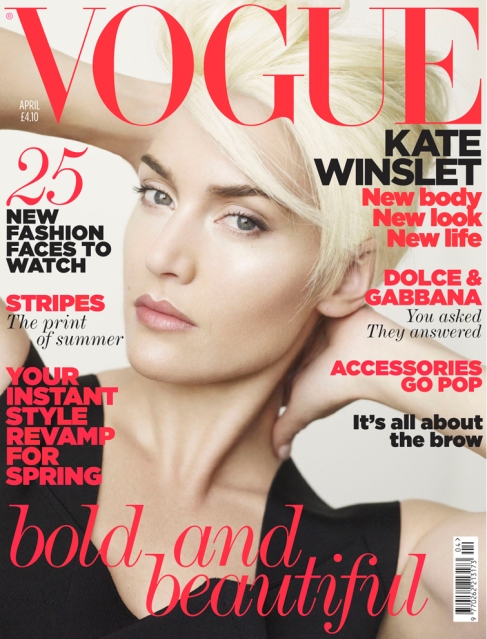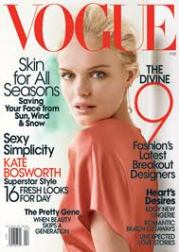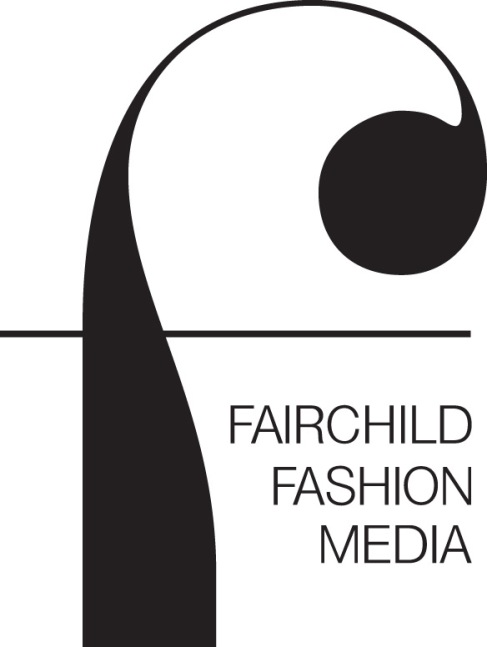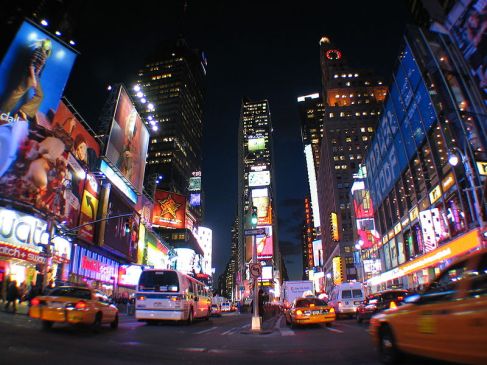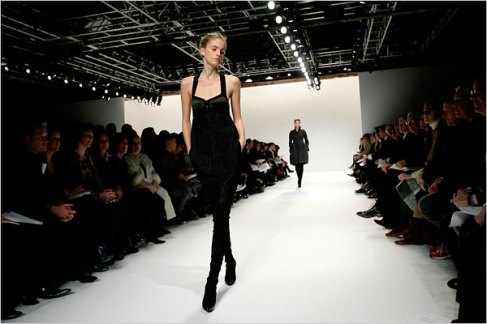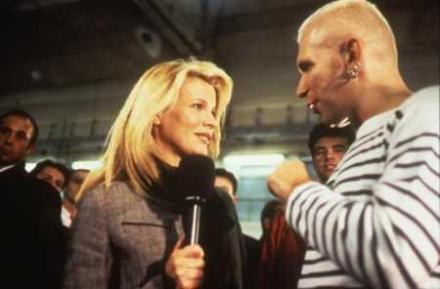I mentioned in my sector overview that one of the facets of the world of fashion journalism in New York I would like to explore in this investigation is fashion and journalism’s relationship to social media. The world of journalism at large has seen a colossal migration of readers/followers/subscribers to a cyber forum. Companies like Vogue Magazine have had to adjust and adapt to this trend by creating internet avatars of themselves (Vogue.com).
This section of my first sub-case study is a presentation of accumulated research I have conducted to address how the digitalization of Vogue has come about and what role social media plays in Vogue’s success as a company (maintaining followers/subscribers).
—–
Condé Nast, the parent company of Vogue Magazine, based in New York, is striving to maintain revenues from readers and advertisers by making its content fully accessible through digital channels. In the United States, Condé Nast publishes 18 consumer magazines, four business-to-business publications, 27 websites and more than 50 apps for mobile and tablet devices.

Condé Nast employs over 3000 people in New York City (see article re Condé Nast move to World Trade Center One).
According to an online fashion industry comment, “to compete in the digital age, Condé Nast’s niche fashion publications are looking to digital platforms for continued growth, at home and abroad, a smart, if somewhat delayed, response to the ongoing digital revolution which continues to disrupt fashion media.” The Business of Fashion, April 17, 2012.
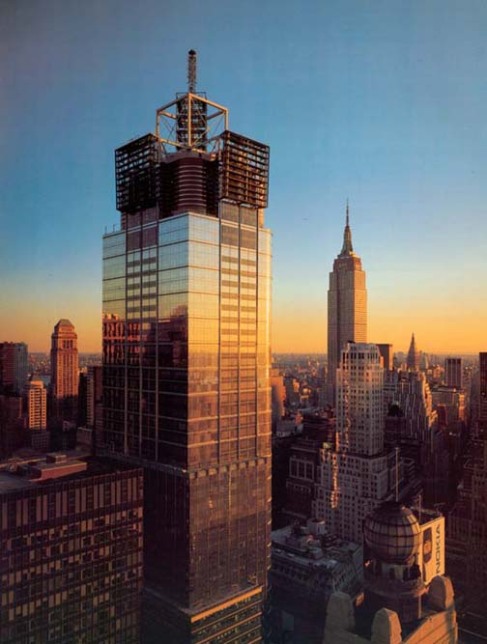
The Condé Nast Building in New York City
Condé Nast markets its digital strategy to potential advertisers with the message, “tablet devices have reinvented how we tell stories, how consumers interact with our content, and how advertisers connect with our audiences, all while maintaining the design fidelity and engagement of a print magazine. They also offer complete portability: Condé Nast’s content will be everywhere our readers go.”
—–
VOGUE.COM
Condé Nast’s Vogue Magazine is one of the leading fashion industry magazines in the world, with a print audience of 11.4 million and an average online monthly audience of 1.2 million.
Vogue has begun to fully exploit the possibilities offered by digital and social media of all kinds. Grouped together under Vogue.com are several sites offering content, opening up options for audience engagement, and offering special promotions and membership-based programs. (See appendix for all the Vogue.com channels)
From Vogue.com “The mission of Vogue.com is a simple one: In the overcrowded, unedited online space, who can you trust to curate the conversation surrounding fashion and culture? Positioning ourselves as the ultimate authority and resource, the aim of Vogue.com is threefold.
- One, to produce the strongest editorial coverage from the point-of-view of our internationally recognized editors, photographers and writers;
- Two, to engage Vogue.com readers in fashion’s most exclusive and educated online community,
- and lastly to provide vast outlets and opportunities for advertisers and consumers.”
Anna Wintour, editor of Vogue and of Vogue.com, believes that the digital version offers a very different experience to the viewer (e.g. instant information and access combined with “tough editing”), but acknowledges that the site is still working on building its viewers and users.

Anna Wintour
—–
What’s Ahead for the Digital Strategy and How Does it Affect the Growth of Conde Nast?
Condé Nast and Vogue, as so many other print media in New York, are still trying to figure out how to make a digital strategy work in terms of securing subscription and advertising dollars.
From a recent article in Women’s Wear Daily, it is clear that Condé Nast and Vogue are still in the early stages of their strategy. “The format of choice for consumers is still print,” says Condé Nast president Bob Sauerberg. And so it is for Condé. Apps, Web sites, tablets? They’re all dandy, showing some “real growth potential,” in Sauerberg’s words. But they’re no match for the dollars coming out of traditional magazine subscriptions.
“A lot of what we’ve done has been focused on making sure that we have a business in digital that looks like print, and that we become agnostic to consumer preferences,” he said. In the future, the publisher said that Condé Nast intends to offer tiered or bundled subscriptions, each with access to different products, from online archives to what he described as “branded experiences.” –Womens’s Wear Daily, May 24, 2012
This means that Vogue subscribers in future will be able to buy different sets of products at different prices (from the basic magazine all the way to customized shopping). For example, Vogue has developed an app, Vogue Stylist, for the Apple IPhone and the Ipad. This app allows users to actually shop through the app. It is a marketing tool, and is “advertiser focused”. “Each month, Vogue Stylist gives you the back story on the top trends. Get inspiration from new looks curated by Vogue, and select and shop your favorite items from Vogue’s sponsors.”
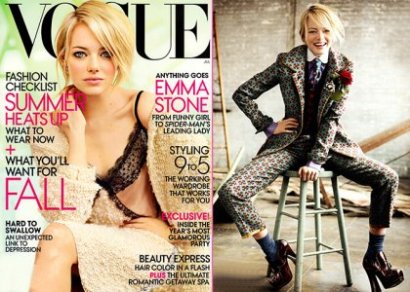
The July 2012 Cover of Vogue Magazine





